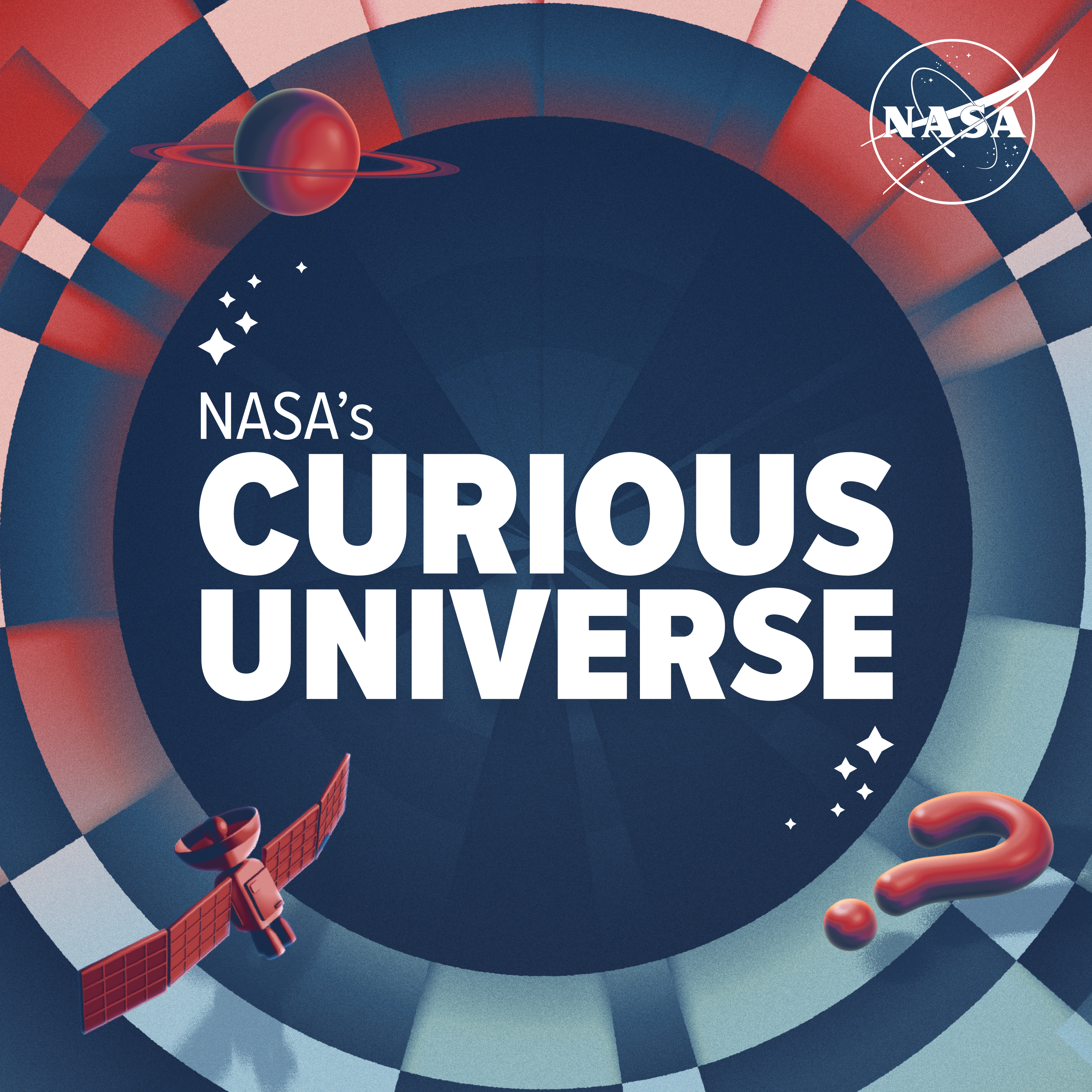Come get curious with NASA. As an official NASA podcast, Curious Universe brings you mind-blowing science and space adventures you won’t find anywhere else. Explore the cosmos alongside astronauts, scientists, engineers, and other top NASA experts. Learn something new about the wild and wonderful universe we share. All you need to get started is a little curiosity.

Come get curious with NASA. As an official NASA podcast, Curious Universe brings you mind-blowing science and space adventures you won’t find anywhere else. Explore the cosmos alongside astronauts, scientists, engineers, and other top NASA experts. Learn something new about the wild and wonderful universe we share. All you need to get started is a little curiosity.
Have you ever dreamed of spending a day in space? Humans have lived aboard the International Space Station for 25 years—or more than 9,000 consecutive days. In this episode originally published in 2021, experience a day in the life of astronauts Shane Kimbrough, Megan McArthur, and Thomas Pesquet living and working on the International Space Station.
In the space between stars, dark clouds of gas, dust, and ice mingle in a chemical laboratory unlike any on Earth. Ewine van Dishoeck, an astronomer who studies molecules in space and who helped develop an instrument aboard NASA’s James Webb Space Telescope, explains how Webb is revealing new details about the formation of stars and planets. This research could help unlock a key question about Earth: how did our planet end up with water and the ingredients for life?
NASA’s James Webb Space Telescope is hard at work answering our biggest questions about the birth of our universe and faraway galaxies. But some astronomers are pointing its powerful eyes much closer to home. In this episode, Caltech astronomer Katherine de Kleer explains how Webb is rewriting our understanding of objects within our solar system–from space rocks in the asteroid belt to the icy and volcanic moons of Jupiter and Saturn.
Some exoplanets—like a gas giant with rain made of glass and 5,000-mile-per-hour winds—sound like worlds dreamed up by a science fiction writer. But they’re real. From light-years away, scientists can uncover details about planets orbiting distant stars and even ask whether some exoplanets could support life. Néstor Espinoza, an astronomer at the Space Telescope Science Institute, explains how NASA’s James Webb Space Telescope is revealing new details about exoplanets, especially rocky worlds like Earth.